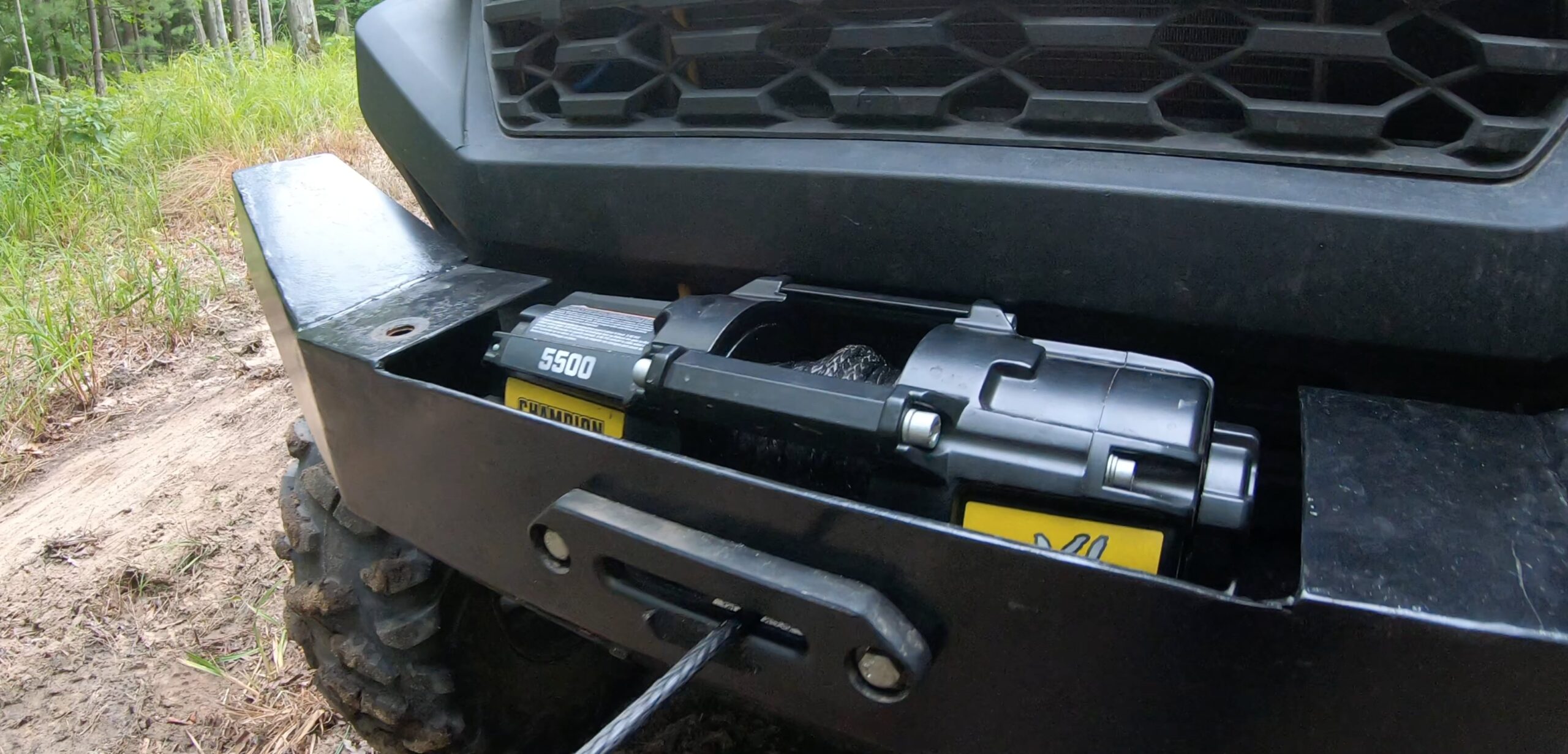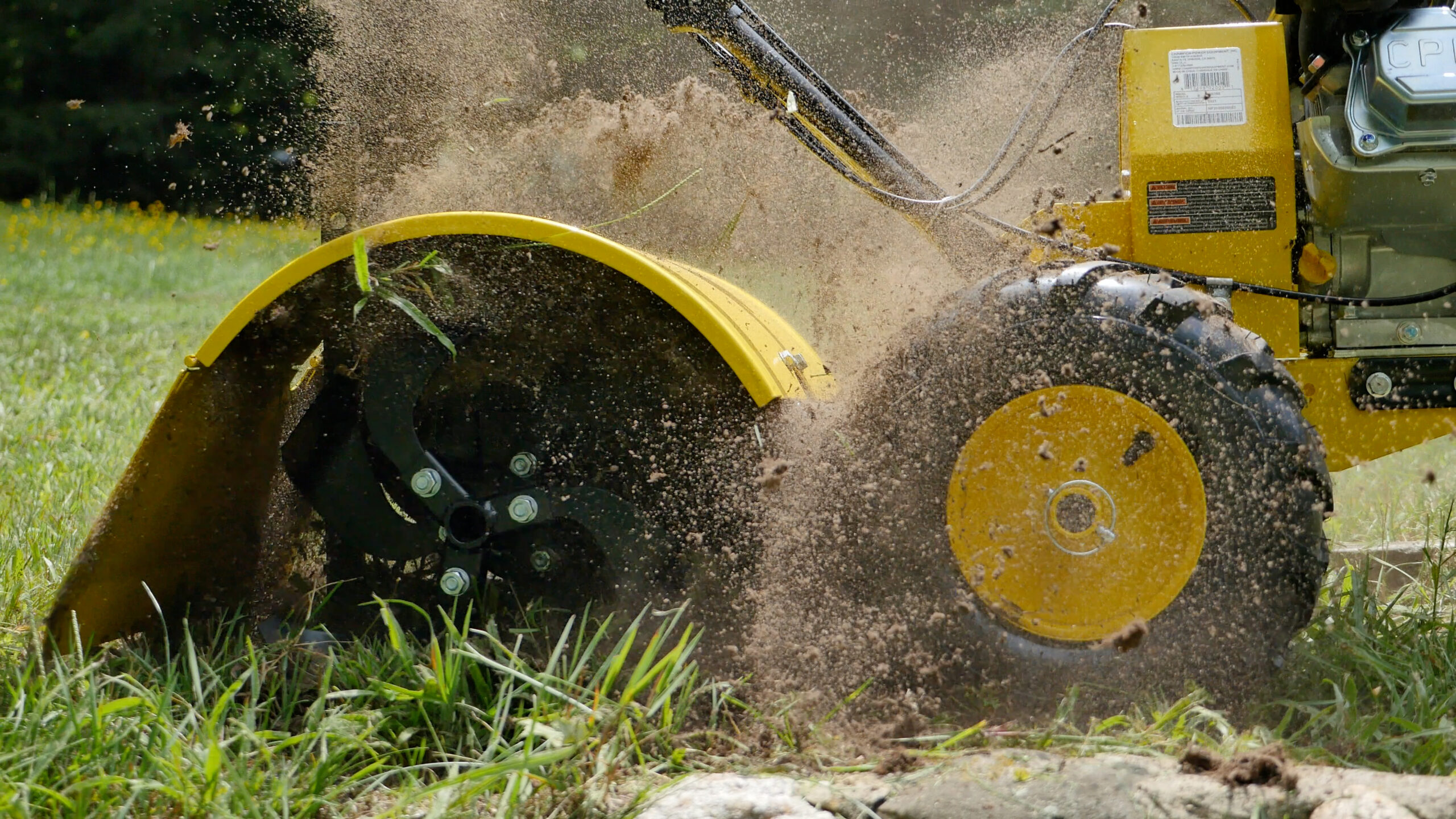Winching Wonders
You’ve left behind the boring, flat roads of cities and towns for a more adventurous experience. As an outdoor and off-roading enthusiast, you’re no stranger to the excitement the outdoors can bring. From shaky ground to muddy terrain to icy earth, the thrill of leaving behind the bustling city life is what propels you on your outdoor journey. However, adventuring safely should always be a priority.
Ensuring your off-roading vehicle is equipped with everything needed to tackle different terrains is essential. Proper wheels, air compressors for flats, a jump starter, and a jack are just some of the must-have tools to make your off-roading adventure as smooth as possible. Another critical tool you’ll need to pull yourself out of a sticky situation is a winch. With the help of a winch, ditch getting stuck in a ditch and effortlessly eliminate any disruptions to your trip.

Integral to Off-Roading Adventures
A winch is an essential tool for any off-road experience, especially when overlanding—venturing into remote areas. In such locations, there’s a high chance that few (if any) others will be nearby, and even if there are, they may be miles away from you and unaware that you’re in trouble. If you get stuck on rugged trails, snow-covered paths, or muddy and slippery terrains, a winch can help you easily and safely pull your vehicle out.
Keep in mind, however, that a winch is designed solely for overland pulling applications and should never be used to lift or hold suspended weight.
Essential for Emergency Situations
A winch is an invaluable tool for emergencies. Sometimes, luck won’t be on your side, and you may find yourself in need of help. As mentioned earlier, there’s a good chance you’ll be the only one around for miles in a remote area. In such situations, a winch becomes your best ally if you get stuck. However, a winch isn’t just useful for rescuing yourself—it can also help others in need. Whether it’s pulling someone out of a ditch or assisting during harsh weather conditions like snow or ice, a winch provides peace of mind. This is especially true for those who frequently travel on mountainous roads or through remote wilderness areas.
Convenience for Heaving Pulling
Winches are incredibly versatile. They’re not only useful for pulling vehicles out of tough situations but can also be used to pull heavy equipment, logs, and even boats! This makes them invaluable to more than just off-roaders—they’re also essential for farmers, homeowners moving fallen trees, and outdoor workers who need reliable assistance with challenging tasks.
Great for Outdoor Work and Recreation
Winches can help outdoor enthusiasts set up and maintain recreational spaces. After a major storm with harsh winds, a forest recreation area may be damaged by fallen trees of various sizes. Once the tree trunks are cut into more manageable pieces, a winch attached to a vehicle can help move the logs, making it easier to clean up the area. Additionally, a winch can assist in pulling dumpsters into place to clear away the fallen debris.
Ideal for Safety and Self-Sufficiency
If you’re going off-roading on your own, you should not assume that others will be present at your destination, especially in remote areas. This is why a winch contributes to both safety and self-sufficiency—it ensures you won’t be stranded or dependent on others arriving to assist during an emergency. With a reliable winch by your side, you’ll be prepared to handle challenging situations safely and independently.
Types of Winches
Portable Winches
Most winches are designed to be bolted onto their respective vehicles for secure winching. However, our portable winch is designed to be taken on the go. It no longer needs to be mounted on an ATV/UTV, truck, or SUV—you can take it wherever you need it. Portable winches are perfect for use on off-roading, overlanding, land maintenance, construction sites, machine shops, home improvement tasks, camping, and much more.
Utility Winches
Utility winches are perfect for tasks involving your boat or trailer. They make it easy to load or unload your boat or ATV onto a trailer. An added bonus of these types of winches is their portability, allowing you to take them wherever you might need assistance—such as getting unstuck. And did we mention that these units can also be manually operated? That’s right, you can use the winch the way that works best for you.
ATV/UTV Rated Winches
Our ATV and UTV winches range in capacity from 2,000 to 7,500 pounds, making them indispensable for a variety of tasks. They are designed to fit a wide range of ATV, UTV and side-by-side models from well-known manufacturers. Additionally, our partners at KFI Products offer specific winch mounts tailored to your winch and vehicle model, ensuring easy installation.
Truck/SUV Rated Winches
Winches with greater strength are typically designed for trucks or SUVs. These heavy-duty winches offer pulling capacities ranging from 10,000 to 12,000 pounds. They also feature speed mounts, allowing for quicker attachment and detachment to the front or rear of your vehicle.
Galvanized Steel or Synthetic Rope?
There are primarily two types of rope used for winches: galvanized steel and synthetic. Galvanized steel provides enhanced corrosion resistance and durability, making it ideal for harsh environments and extended use. Synthetic rope, on the other hand, is lighter, easier to handle, floats on water and less prone to kinking or forming burrs like steel rope.
Accessories
Who doesn’t like spicing things up a little? Our wide range of winch accessories will do just that to your winch. From protective covers to keep your winches shielded from the elements to fairleads to snatch blocks, we have got you covered.
Customer Support
At Champion, our customer support team is available 24/7 to assist you whenever you need help. We know how frustrating it can be to wait for assistance, which is why we provide instant support through phone or live chat. Prefer a do-it-yourself approach? Our Help Center is packed with informative articles and self-service resources to guide you. Additionally, our YouTube channel offers an extensive library of technical videos, covering everything from maintenance tips to troubleshooting advice.

